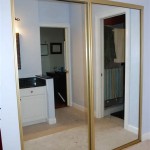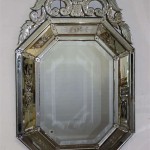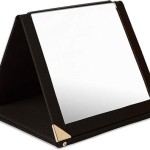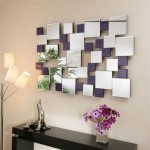Essential Aspects of Mirroring PC to Smart TV on Windows 10
Mirroring your PC to a smart TV extends your desktop onto a larger display, offering a more immersive and convenient viewing experience. Whether for presentations, streaming entertainment, or gaming, understanding the essential aspects of PC-to-TV mirroring is crucial for a seamless setup. This article explores the key considerations involved in connecting your Windows 10 PC to your smart TV, ensuring a flawless mirroring experience.
Wireless Connection
Wireless mirroring is a convenient way to establish a connection between your PC and TV without the need for cables. This method requires both devices to support wireless display technology, such as Miracast or Wi-Fi Direct. To initiate wireless mirroring, navigate to the "Display" settings on your PC and select the option to connect to a wireless display. Your TV should appear as an available device, allowing you to establish the connection.
Wired Connection
For a more stable and reliable connection, consider using a wired HDMI cable to directly connect your PC to your TV. This method is less prone to interference and provides higher-quality video and audio transmission. To establish a wired connection, simply connect one end of the HDMI cable to your PC's HDMI port and the other end to the corresponding port on your TV.
Display Settings
After establishing the connection, you may need to adjust the display settings to optimize the mirroring experience. On your PC, right-click on the desktop and select "Display Settings." From there, you can configure the screen resolution, orientation, and scaling options to match your TV's display capabilities. Additionally, you can choose to extend or duplicate your PC's display onto the TV.
Audio Output
In addition to video mirroring, you may want to redirect audio from your PC to your TV's speakers. To configure the audio output, navigate to the "Sound" settings on your PC. Select the TV as the default output device and adjust the volume levels as desired. This ensures that any audio played on your PC will be transmitted to your TV, eliminating the need for additional audio cables.
Troubleshooting
If you encounter any issues while mirroring your PC to your TV, try restarting both devices. Additionally, ensure that your graphics drivers are up to date and that your network connection is stable. If the problem persists, consult the documentation provided by your PC or TV manufacturer for specific troubleshooting steps.
Understanding these essential aspects will empower you to seamlessly mirror your PC to your smart TV on Windows 10, enabling you to enjoy a more immersive and versatile entertainment experience.

Best Ways To Mirror Windows 10 Samsung Smart Tv

How To Screen Mirror Stream Laptop Pc Tv Wireless No Adapters

How To Use The Pc On Tv Your Samsung Smart Caribbean

How To Connect Mirror Laptop Screen On Any Smart Tv Wirelessly No App

How To Cast Your Laptop Pc Screen Tv In 2024

How To Cast Media From Windows 10 Pc Your Smart Tv Dignited
How To Cast A Windows Desktop Display Smart Tv
Use Wireless Screen Mirroring To Display Your Windows 8 1 Computer On The Tv Sony Usa

How To Cast My Pc The Tv Wirelessly

Smart Tv Screen Mirror








